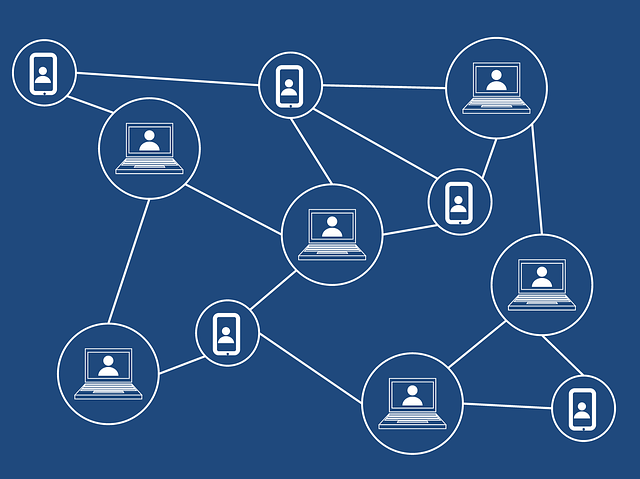

Blockchain technology was initially thought to be an all-in-one solution, where all the transactions would take place on a single chain. However, this idea was deemed impractical with time due to certain limitations and constraints arising within the system scalability area.
If blockchains are to live up to the expectations, then the blockchain technology should allow atomic transactions over various blockchains that are interconnected. A single blockchain may even be split into multiple chains that cooperate.
The concept of cross chains is understood as the ability of two operating blockchains to exchange information with each other in order to form a network to process transactions. Cross-chain transaction networks allow multiple blockchains to pass over information to one another.
The use of blockchain platforms like Bitcoin, Ethereum, and Ripple has highlighted scalability issues over time. These limitations in the present blockchain technology have hindered its full potentials and benefits. Exactly where cross-chain technology comes in to resolve such scalability constraints faced by blockchain technology.
Cross blockchain compatibility
The cross-blockchain compatibility issue arises whenever we talk about multiple blockchains. Incompatibility is because not all of the blockchains use similar protocols. Each blockchain system communicates according to its standards.
The lack of a standardized protocol of intercommunication between the blockchain networks cripples the blockchain technology’s scalability, here comes in cross-blockchain compatibility. The concept allows blockchains to communicate without any need of intermediaries. In this way, blockchains can perform transactions over a cross-chain network.
The cross-platform compatibility will allow businesses to communicate with their clients or exchange information over different blockchains, given that the blockchains are compatible.
Utilizing open protocols on the cross-chain allows the development of standardized connections, enabling multiple blockchains to interconnect easily. Various cases are available that allow the exchange of cryptocurrencies without the use of any centralized intermediaries. This way, the system will perform as a decentralized cross-chain. The cross-chain allows a mutual connection to be established between varying blockchains like those of Bitcoin and Ethereum.
Multi-chain frameworks
Multi-chain frameworks are the next evolutionary step in the cross-chain arena that operates as open environments. More complex than open protocols, multi-chain frameworks establish open communication allowing users to transfer data and values between varying blockchains. The framework allows different blockchains to plug into the environment and be part of a standardized system that operates as a network.
The application of cross-chain technology is imperative for the appropriate adoption of blockchain technology. The use of these networks will also widen the scope of cryptocurrencies.
Similar to the concept of the Internet of Things (IoT), these frameworks are referred to as the Internet of Blockchains (IoB) due to their rather unique capabilities of enhancing blockchain interoperability.
A more efficient system
The concept of blockchain interoperability looks towards enhancing the efficiency of the system and removing any overhead costs. Using smart contracts will allow the system to operate without the need for any intermediaries.
The blockchain interoperability solutions will provide enhanced protection and lower transaction costs.
The post How do cross-chain transaction networks work? appeared first on Global Coin Report.
Read more at https://globalcoinreport.com/how-do-cross-chain-transaction-networks-work/
Post source: How do cross-chain transaction networks work?
More Bitcoin News and Cryptocurrency News on TheBitcoinNews.com
from The Bitcoin News – Bitcoin and Blockchain News https://thebitcoinnews.com/how-do-cross-chain-transaction-networks-work/



1 Comments
awesome article!!! Interesting blog .....
ReplyDeleteICO Development Company